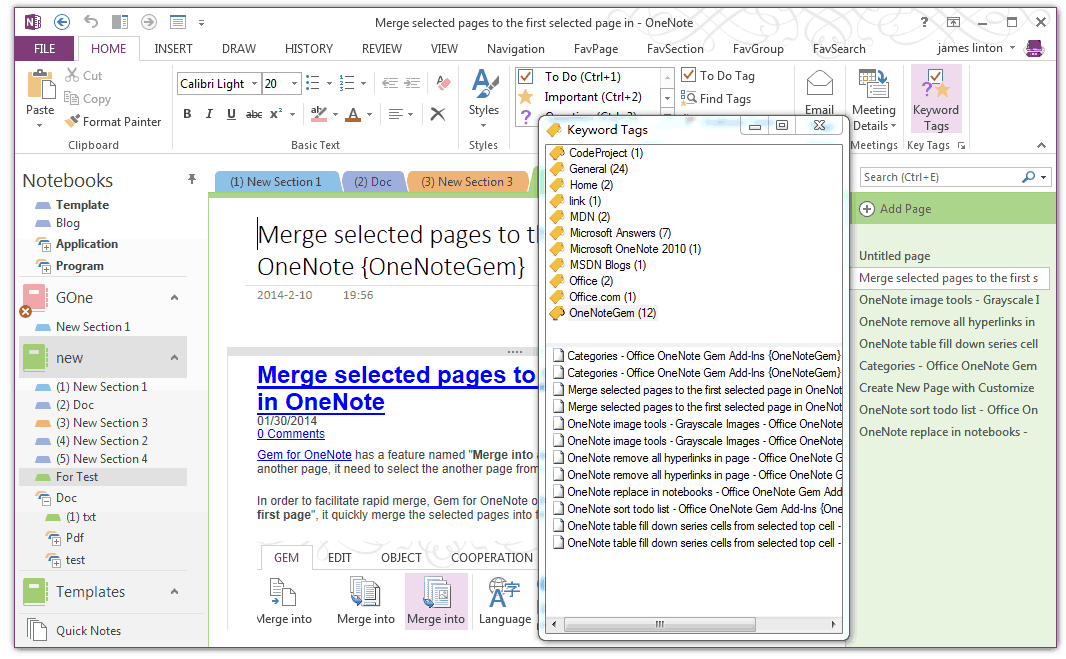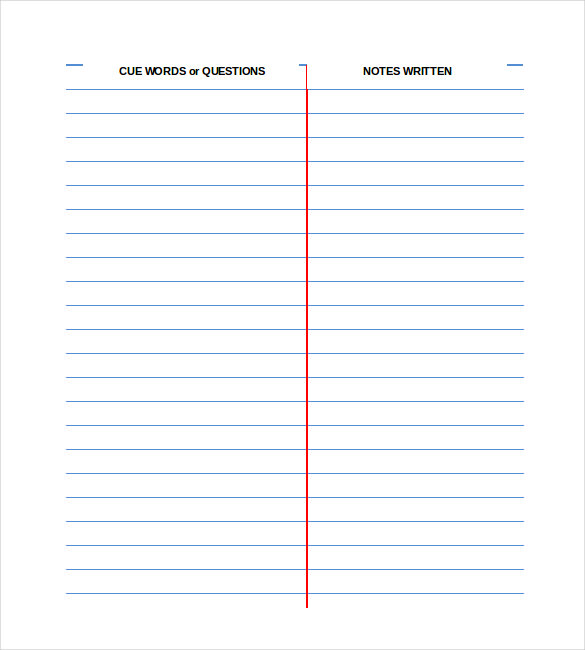


Locate the note in Evernote, right-click, and choose Export Note.NOTE: The import process can take a-w-h-i-l-e. All of the links are active and clickable. Scrivener imports the note and adds it to the folder as a web page. Webpage Complete (MHT) or one of the PDF options should work, but I’m currently having issues importing web pages-especially as PDFs-into Scrivener on my Windows 7 machine. (Windows only) Choose how you want to import it.If you just copy the note link instead, it may not work properly when you try to view it in Scrivener. Still, don’t link to any private or personal information this way. NOTE: The link is available publicly, but you’d pretty much have to tell someone where to look for it (via the link) for them to find it. Go to More Sharing->Copy Public Link (Mac) or Share->Copy Share URL (Windows).Right-click the Note (or select it and click the Note menu).Rather than import the web page directly, let Evernote clip and convert into a nice format, then import the Evernote note. Here are a few ways to do bring your Evernote content into a Scrivener project. Especially since it’s a cinch to import or link to research files stored in Evernote. I want Keith and the crew at Literature & Latte focusing on Scrivener’s core competencies anyway.

Since Evernote is a web clipping tool at its core-and a fabulous way to keep track of all sorts of things, from recipes, all of the ISBNs related to a book, book release checklists, travel resources, and more-it often does a much nicer job of grabbing Internet content than Scrivener. Someone else asks what it is, and off we go. Someone mentions how they use it for their research and asks how to integrate it with Scrivener. Evernote invariably comes up in my Scrivener courses.


 0 kommentar(er)
0 kommentar(er)
